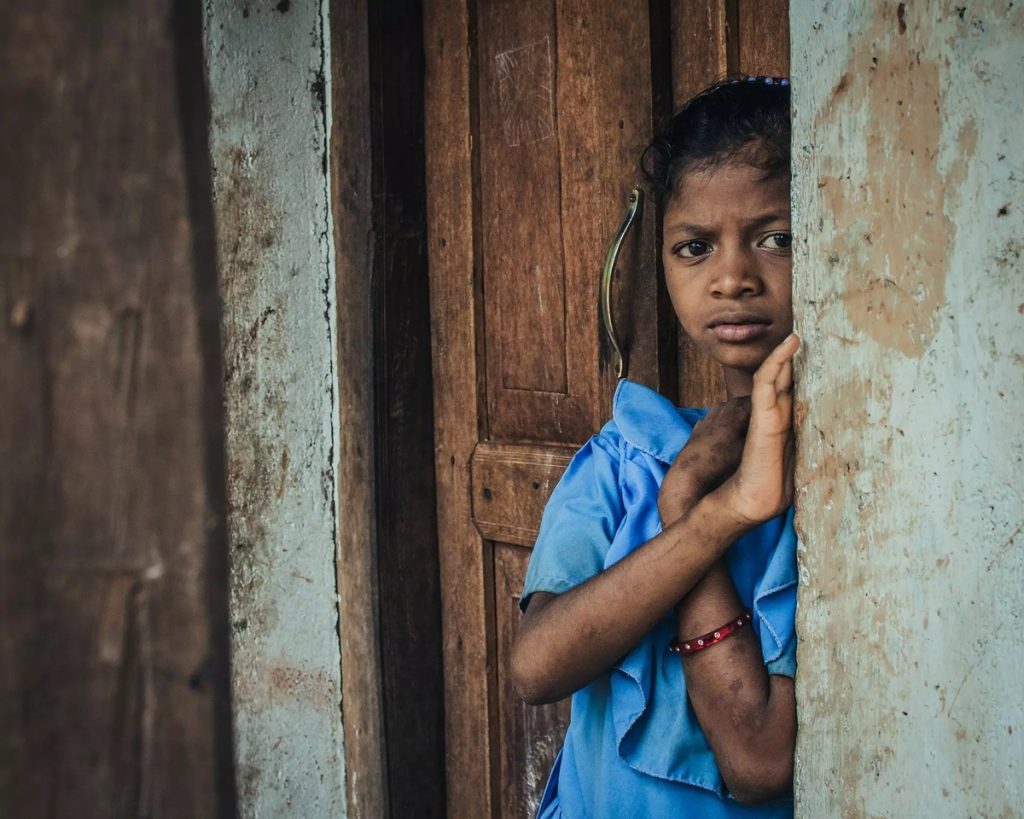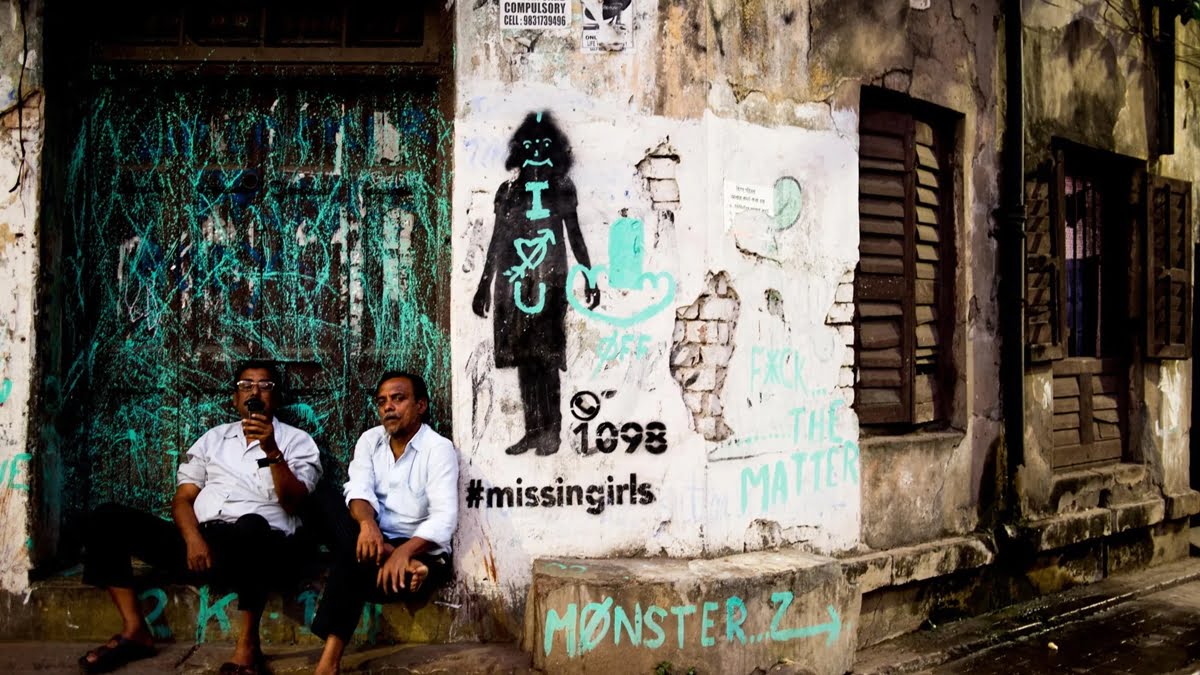Every 50 seconds a girl-child is killed in India. Daughters are aborted, abandoned, buried alive, poisoned, crushed with stones and stifled with a pillow. In between putting young girls and women on a pedestal by glorifying and equating them to goddesses and continuing to make women feel unsafe through criminal practices such as female infanticide, rape, child sexual abuse, etc., India continues to be a largely patriarchal and unsafe society for women. The United Nations Population Fund (UNPF) released the State of World Population (SWOP) report titled “Against My Will – Defying The Practices That Harm Women And Girls” on June 30, 2020, emphasising on this injustice and calling out these “harmful practices rob women and girls of ‘right to reach their full potential’” across the world. It stated that about 142 million girls went missing globally due to gender-based sex selection (GBSS) in both pre and postnatal sex selection. Out of this, an estimation of 4,60,000 girls went missing at birth in India between 2013-17.
The latest UNFPA report stated that about 142 million girls went missing globally due to gender-based sex selection (GBSS) in both pre and postnatal sex selection. Out of this, an estimation of 4,60,000 girls went missing at birth in India between 2013-17.
Also read: The Missing Children And Their Mothers In The Firdous Of India
The report suggests that around 56 million girls went missing in the last 50 years. This is despite flagship schemes and projects that were highly publicised by the current regime, such as Beti Bachao, Beti Padhao. Despite all of this, women and girls continue to be victimised. According to a 2019 report by DW, a government survey in Uttarkashi district of Uttarakhand found out that of the 216 children born in 132 villages in three months, none were girls, leading to investigations on sex-selective abortions in the area.
As we have witnessed, there are several factors historically associated with the criminal act of female foeticide and infanticide. Girls are unwanted and seen as a liability because they will not continue their family name, the families would have to save money to give as dowry to the groom’s family and because they will leave homes upon marriage, are not expected to take care of their parents in their old age. Further, the woman who births a daughter is shunned by the rest of the conservative family and even worse, is tortured and even killed. Hence, the birth of a girl child is seen as a deathknell more often than not, even today in most parts of India. One common misconception is that these practices are more prevalent in the rural areas. However, according to a 2017 TheWire report, government data indicates how sex ratios are more imbalanced in larger cities such as Delhi and Mumbai than in rural areas.
Gender-based sex selection is the reason behind two-thirds of the total number of missing girls. Here, post birth female mortality accounts for one-third of the total number of missing girls. On a world platform, China and India are highly populated and are held accountable for 90-95 percent of missing female births which tantamounts to around 1.2-1.5 million births annually.

Additionally, the agency report indicates that women missing at given dates are the effects of prenatal and postnatal sex selection that has been going on since years in India. In addition, GBSS is the reason behind two-thirds of the total number of missing girls. Here, post birth female mortality accounts for one-third of the total number of missing girls. On a world platform, China and India are highly populated and are held accountable for 90-95 percent of missing female births which tantamounts to around 1.2-1.5 million births annually.
The preference of male child in sex selection has led to a long term imbalance in the proportion of men to women in a lot of countries. In India, it is stated that excess death rates are the highest. Excess death rates can be defined as those which exceed the number of deaths that are projected under normal conditions. The report states that in India, around 13.5 deaths per 1000 deaths are reported. This demographic imbalance will have a considerable impact on the institute of marriage, especially in terms of how studies have indicated, will lead to bride crisis and bride trade and further, even abduction and rape of women.
The report implied that India is progressing in curbing child marriage and there is a 50 percent decline in South Asia. Unfortunately, the practice of dowry continues to persist. The UN report also unfolded that with the consent of their family every year millions of girls are subjected to practices that harm them physically and emotionally, one of which is the female genital mutilation (FGM). Globally, 200 million women and girls were found to be affected by FGM. The report enlisted 19 harmful practices which included virginity testing and breast ironing, among others. The most highlighted ones were child marriage, genital mutilation and male child preference and bias.
The report foresees that this year 4.1 million girls could be subjected to FGM. Furthermore, an estimated 33,00 girls would be forced into marrying older men.
With the ongoing COVID-19 pandemic, another evil that stares in the face of the largely poor and doubly oppressed women population of India is human trafficking. It is an important factor behind the number of missing girls in India.
Also read: COVID-19: How The Pandemic May Increase Human Trafficking in India
With the ongoing COVID-19 pandemic, another evil that stares in the face of the largely poor and doubly oppressed women population of India is human trafficking. It is an important factor behind the number of missing girls in India.
All in all, the UN report calls for a fresh and urgent assessment of challenges in the midst of COVID-19 pandemic that threatens women’s agency, reproductive and mental health as well as child sex ratio in India. Needless to say, along with the sustained feminist discourse that mobilises to highlight gender inequality and the atrocities that sexual and gender minorities face in India, it is also about time that we demand more non-tokenist structural changes to fix the problem of missing girls.
Siddhi Shah is currently in her second year of pursuing a Media and Communications degree. She strongly believes in bridging the gap between all societal aspects, cultures. She believes in gender equality and empowerment of the youth. She is also a climate activist and is working on new ways to serve and create. She is a music junkie who loves to travel and has her own fashion blog called Maisonsash. She can be found on Instagram.
Featured Image Source: Judhjit Ganguli.





Eye opner to ALL.